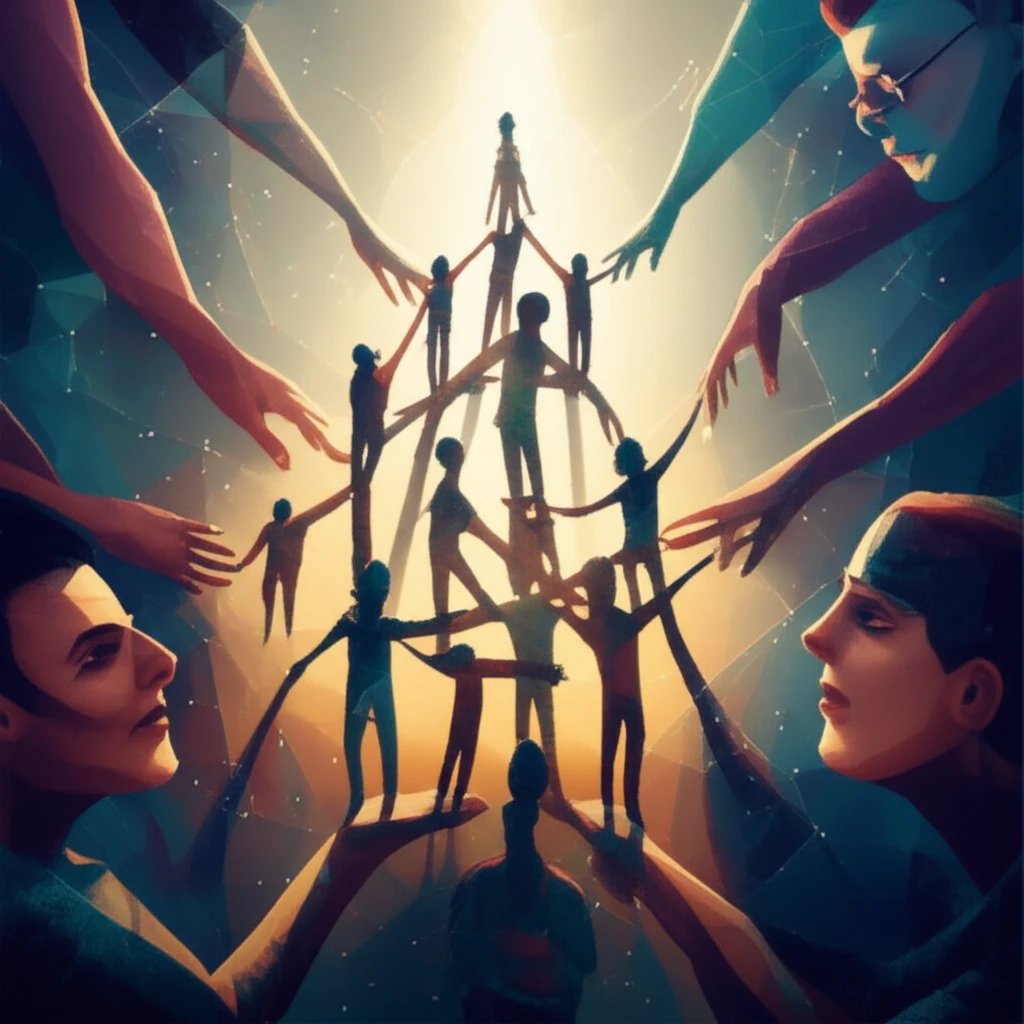
Beyond In-Groups: Can We Evolve Past Prejudice?
"New research explores how cooperation and learning can reduce bias, offering hope for a more inclusive future."
Prejudice casts a long shadow on human interactions, fueling discrimination, division, and even violence across societies. While often viewed as a deeply ingrained aspect of human behavior, recent research offers a glimmer of hope. Scientists are exploring the dynamics of how prejudice forms, how it spreads, and, crucially, how it can be mitigated. This research suggests that by understanding the factors that drive prejudice, we can develop strategies to foster greater cooperation and inclusivity.
One promising area of study focuses on the concept of "prejudicial groups," where membership is based on shared biases toward those outside the group. Researchers use computer simulations to model how these groups evolve and interact, examining the interplay between cooperation and prejudice. These models reveal that prejudice isn't static; it's influenced by factors like how groups interact with each other, how they learn, and the diversity of the overall population.
By understanding these dynamics, researchers aim to identify levers for change. Can we design interventions that promote cooperation across group lines? Can we create environments that discourage the formation of prejudicial attitudes? The answers to these questions hold the key to building more equitable and harmonious societies.
How Do Prejudicial Groups Emerge?

The study highlights how easily prejudicial groups can form, even among simple agents with limited cognitive abilities. This suggests that prejudice isn't necessarily dependent on sophisticated human reasoning but can arise from basic mechanisms of group formation and social comparison. Imagine a group of people who share a negative view about another group. This shared bias becomes a "tag" that identifies them as belonging to the same group.
- In-group Favoritism: Helping fellow group members.
- Out-group Prejudice: Hostility towards those outside the group.
- The danger: Prejudice acts as a barrier to broader social connection and opportunity.
What Can We Do to Foster Inclusivity?
These findings suggest that reducing prejudice requires a multifaceted approach. Encouraging diverse interactions, promoting global learning, and fostering a sense of shared identity are all important steps. By creating environments where people from different backgrounds can connect, learn from each other, and work together towards common goals, we can begin to break down the barriers of prejudice and build more inclusive societies. Further research into the dynamics of prejudice and cooperation can provide valuable insights for creating a more just and equitable world for all.
